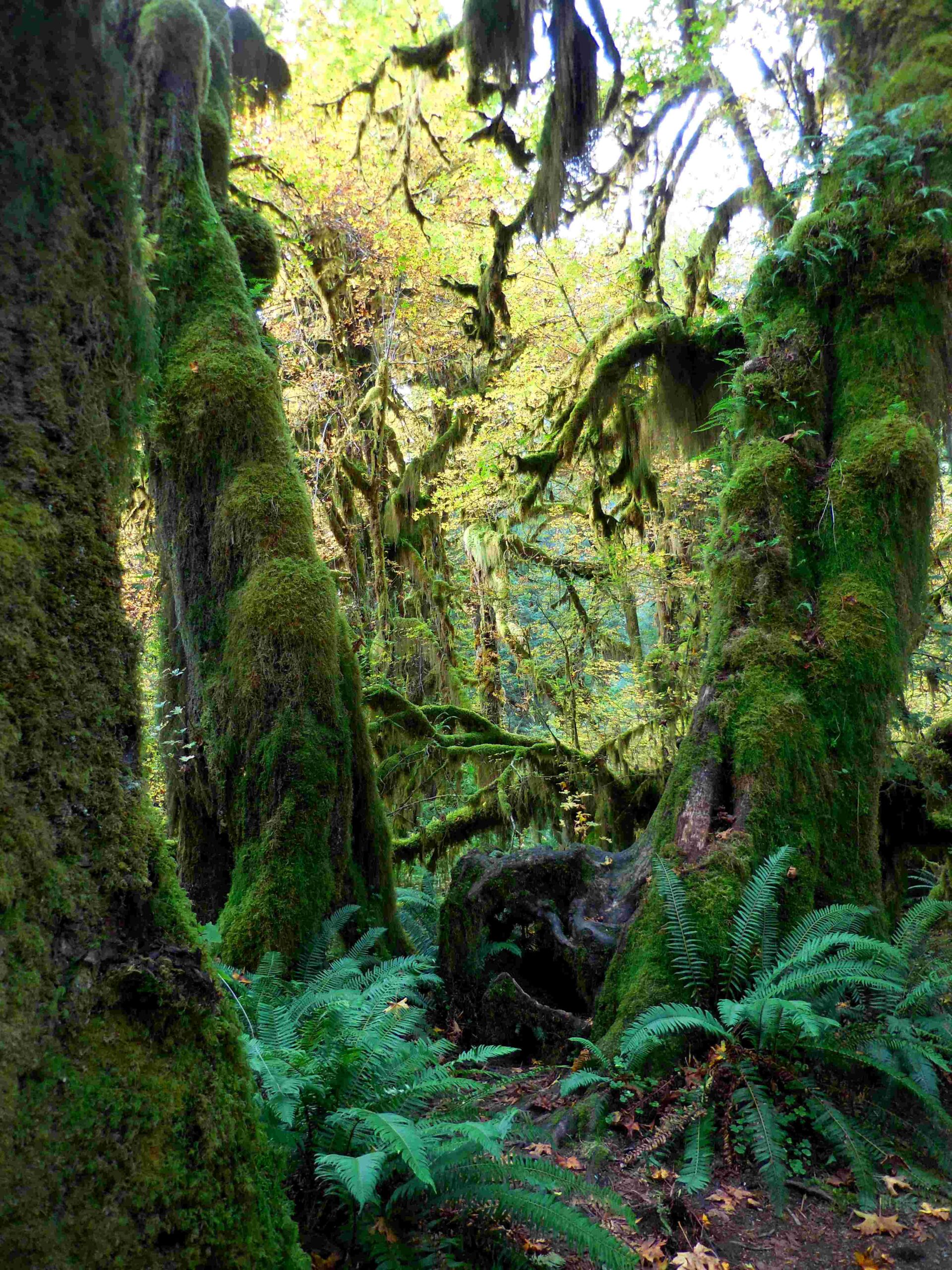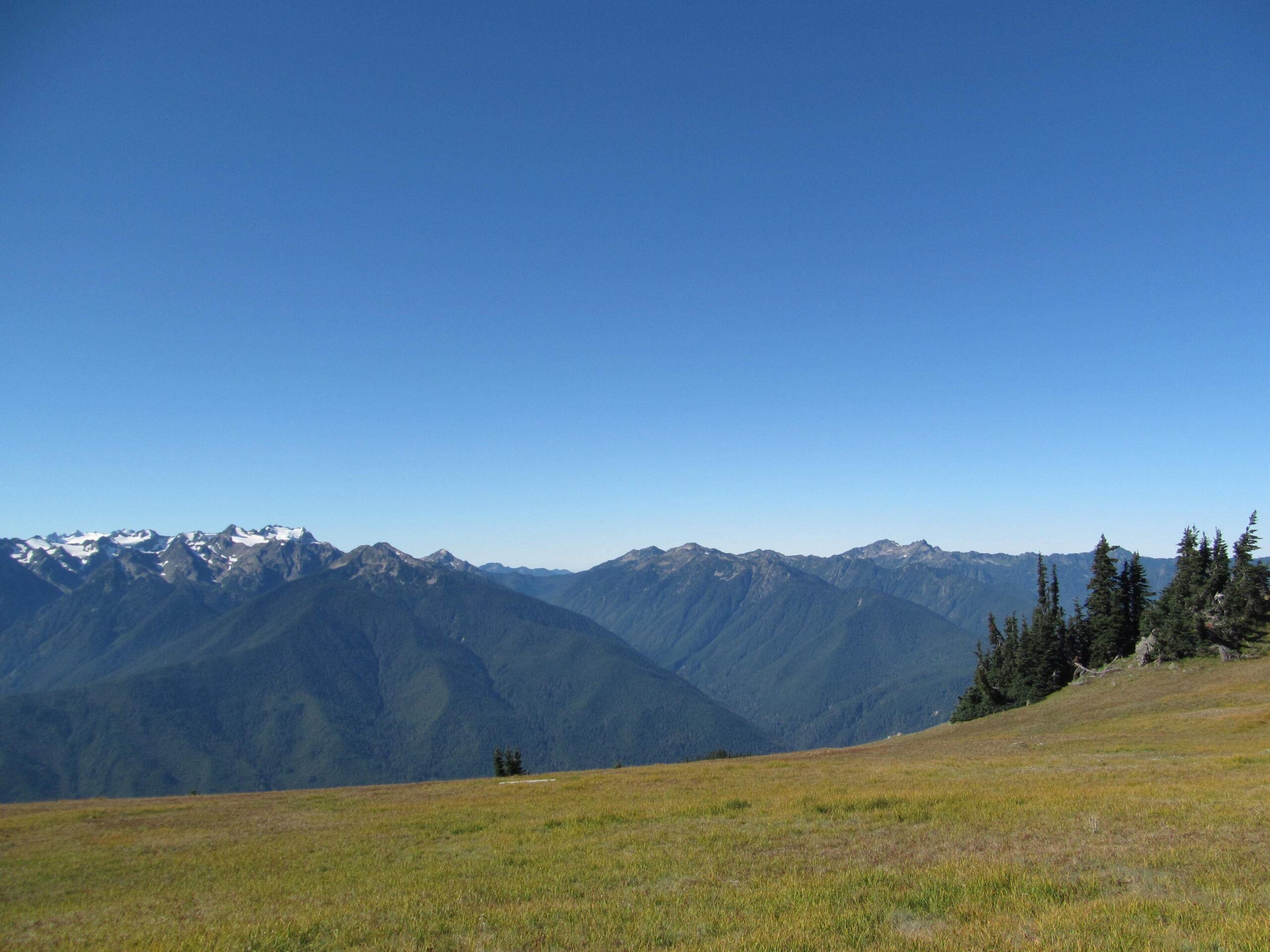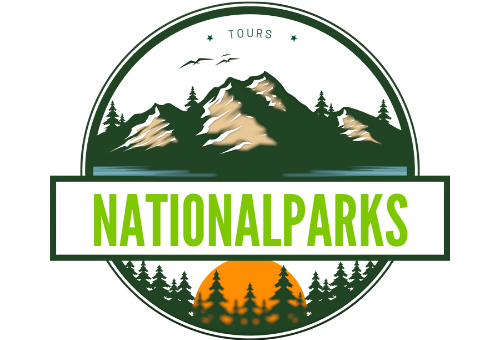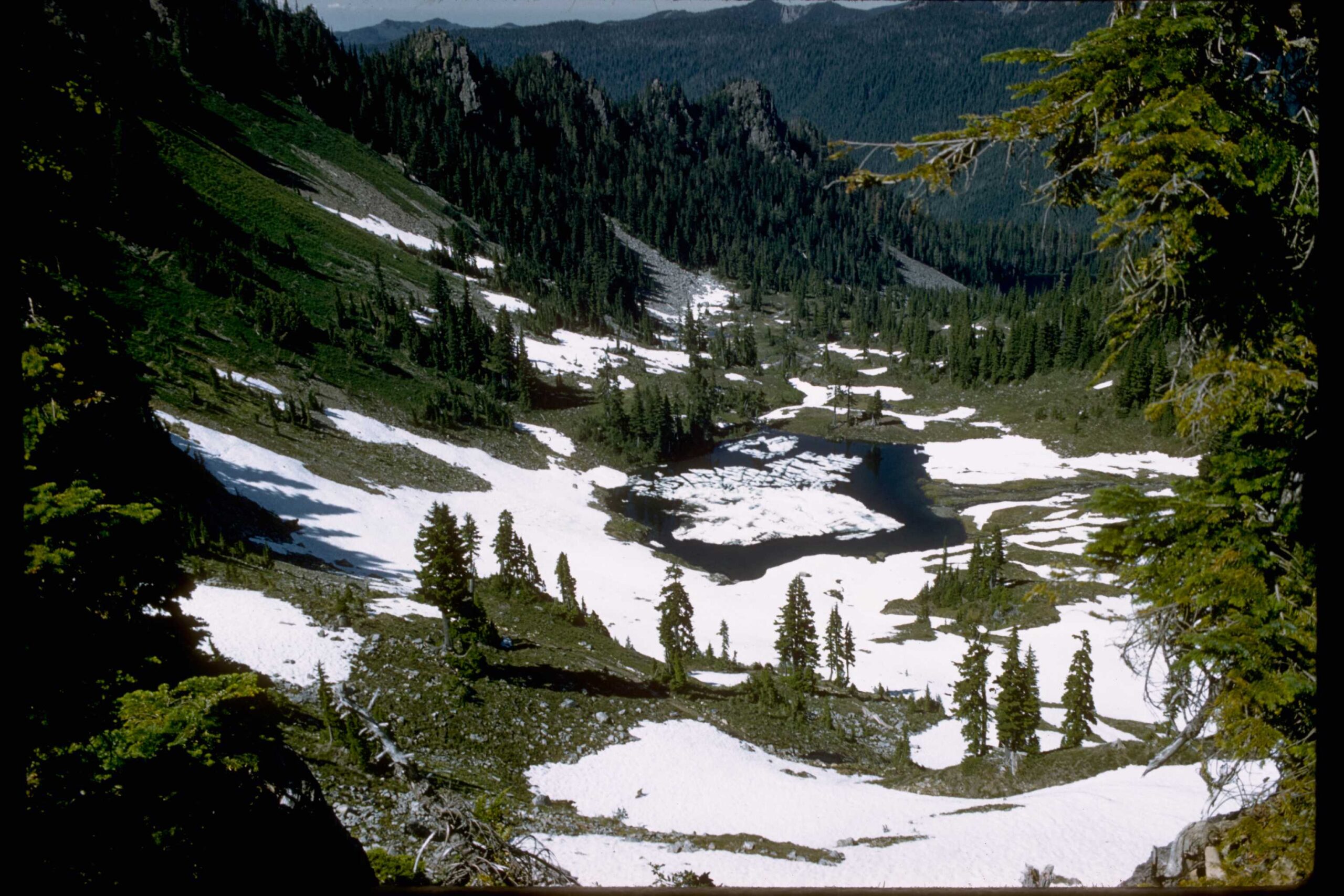Olympic National Park’s tide pools are teeming with diverse marine life, offering visitors a unique glimpse into the fascinating underwater world. From colorful sea stars to elusive wolf eels, the intertidal zone hosts a variety of creatures adapted to survive in this challenging environment. This guide provides a comprehensive list of tide pool inhabitants, exploration tips, and information on organized tours to help you make the most of your tide pooling adventure in Olympic National Park.
What Creatures Can You Find in Olympic National Park Tide Pools?

Olympic National Park’s tide pools are home to a diverse array of marine life. Here’s a list of specific species you can expect to encounter:
- Sea Stars (Starfish)
- Sea Urchins
- Limpets
- Anemones
- Crabs (Dungeness, hermit, and green)
- Barnacles
- Mussels
- Clams
- Sea Snails (abalone and periwinkles)
- Wolf Eels
- Pricklebacks
- Brittle Stars
Sea Stars and Urchins
Sea stars, commonly known as starfish, are among the most iconic tide pool creatures. In Olympic National Park, you can find:
- Purple sea stars
- Red sea stars
- Yellow sea stars
These echinoderms typically have five arms and can often be seen clinging to rocks. Their relatives, sea urchins, are also common in the tide pools. These spiny creatures play a crucial role in maintaining the ecosystem balance by grazing on algae.
Mollusks and Crustaceans
The tide pools are rich in mollusks and crustaceans, including:
| Creature | Description |
|---|---|
| Limpets | Hard-shelled mollusks that adhere tightly to rocks |
| Mussels | Often found in clusters with strong protective shells |
| Barnacles | Crustaceans that cling to rocks and form an important part of the ecosystem |
| Crabs | Including Dungeness, hermit, and green crabs that hide in seaweed or under rocks |
Anemones and Other Cnidarians
Green sea anemones are a common sight in Olympic National Park tide pools. These fascinating creatures have a symbiotic relationship with algae, which provides them with oxygen and nutrients.
How Do Tide Pool Creatures Adapt to Their Environment?

Tide pool inhabitants have developed various adaptations to survive in their challenging environment:
- Strong shells (limpets, mussels, barnacles)
- Ability to hide under sand or rocks (crabs, pricklebacks)
- Symbiotic relationships (sea anemones with algae)
- Flexible bodies to withstand wave action (sea stars, brittle stars)
These adaptations help the creatures endure varying conditions such as:
- Exposure to sun during low tides
- Low oxygen levels
- Predation
- Changing salinity
When Is the Best Time to Explore Tide Pools in Olympic National Park?
The optimal time for tide pooling in Olympic National Park is between March and September. During this period:
- Low tides expose the pools for longer durations
- Marine life is more visible
- Weather conditions are generally more favorable
To make the most of your tide pooling experience:
- Plan your visit during minus tides
- Arrive at the beach at least 30 minutes before the lowest tide
- Check tide charts available at visitor centers and coastal ranger stations
What Safety Precautions Should You Take When Tide Pooling?
When exploring tide pools in Olympic National Park, keep these safety tips in mind:
- Always carry a tide chart to avoid getting trapped by rising tides
- Be aware of weather conditions, especially strong winds or storms
- Avoid hazardous areas like Hole in the Wall at Rialto Beach during rising tides
- Watch for falling rocks in some areas
How Can You Responsibly Observe Tide Pool Wildlife?
To protect the delicate tide pool ecosystem:
- Watch your step to avoid damaging organisms
- Touch creatures gently, if necessary, and never try to remove them from rocks
- Take only pictures and leave everything else in place
- Follow park regulations and guidelines
Where Are the Best Tide Pooling Locations in Olympic National Park?
Some of the best tide pooling locations in Olympic National Park include:
- Kalaloch’s Beach 4
- Ruby Beach
- Mora’s Hole in the Wall on Rialto Beach
- Salt Creek County Park (outside park boundary)
These locations offer varying levels of accessibility and parking options. For example, Kalaloch’s Beach 4 and Ruby Beach are directly accessible from Highway 101, while Mora’s Hole in the Wall requires a 1.5-mile hike from the Rialto Beach Trailhead.
Are There Organized Tours for Tide Pooling in Olympic National Park?
Yes, Olympic National Park offers ranger-led excursions to enhance the educational experience and ensure safety during tide pooling. These tours provide:
- Insights into marine life
- Information on ecosystem preservation
- Safety guidance
For more details on ranger-led excursions, contact:
– Kalaloch Ranger Station: 360-962-2283
– Mora Ranger Station: 360-374-5460
Schedules and costs for these programs can vary, so it’s best to check with the park’s visitor centers or ranger stations for the most current information.
By following these guidelines and exploring responsibly, you can enjoy the fascinating world of tide pool creatures in Olympic National Park while helping to preserve this unique ecosystem for future generations.
References:
1. https://www.myolympicpark.com/things-to-do/natural-wonders/tide-pools-olympic-coast/
2. https://olympicnationalparkvisitor.info/water/the-coast/tide-pools/
3. https://rsscience.com/tide-pool/

